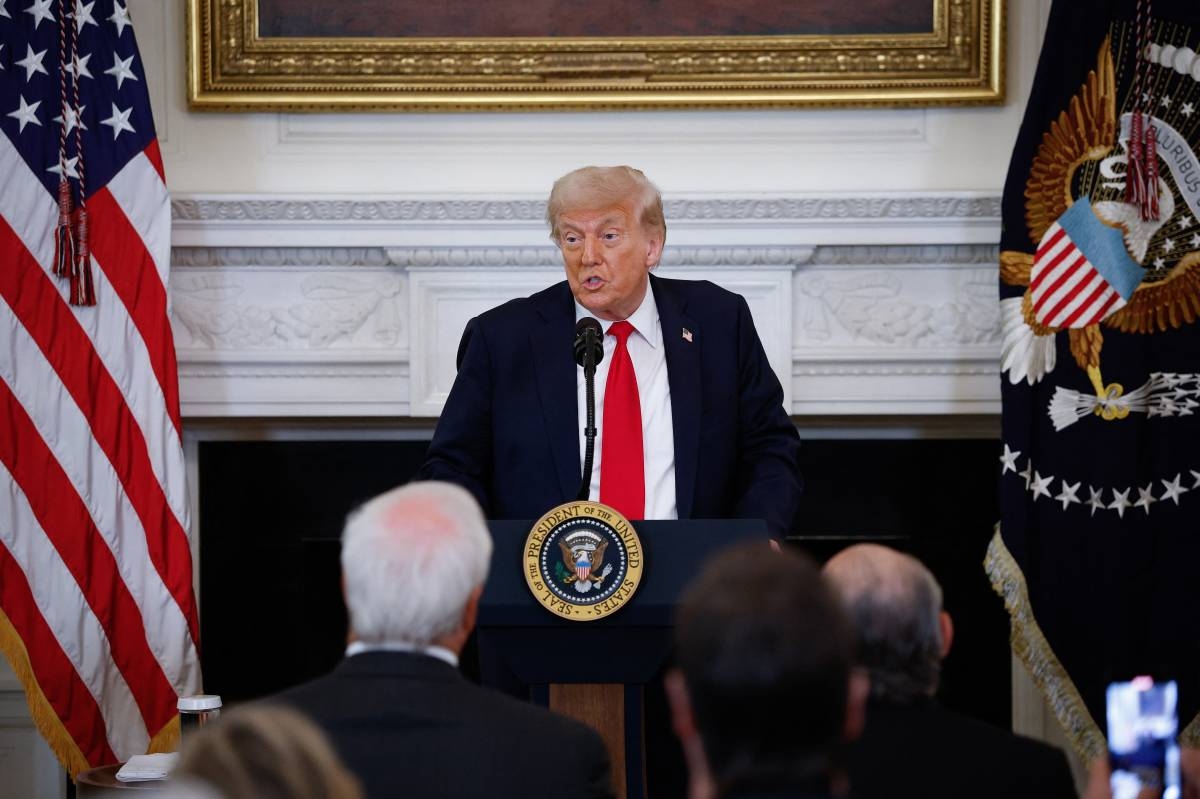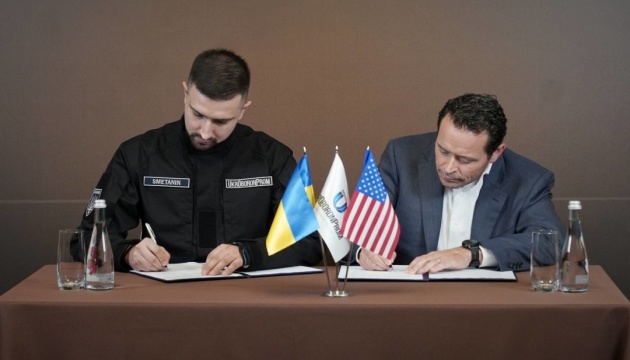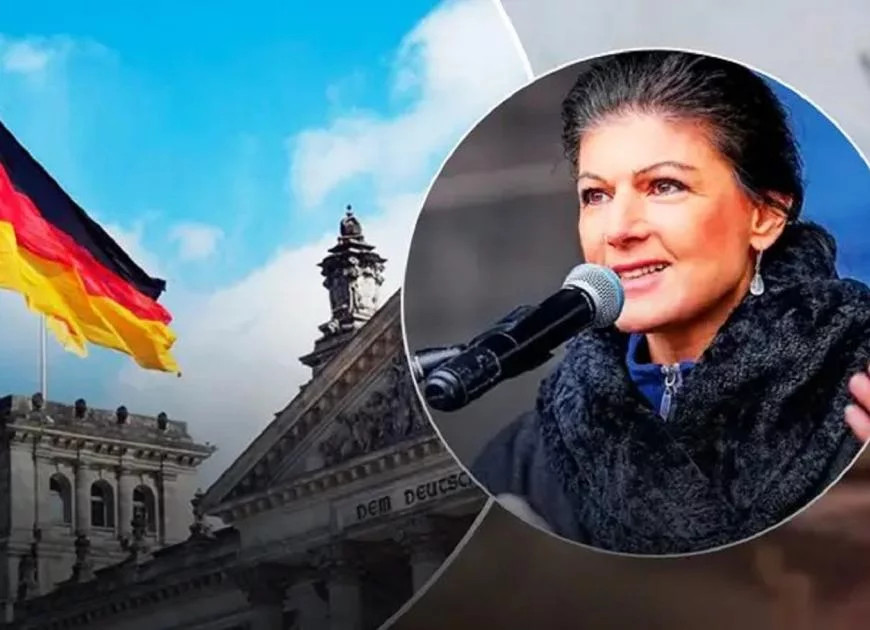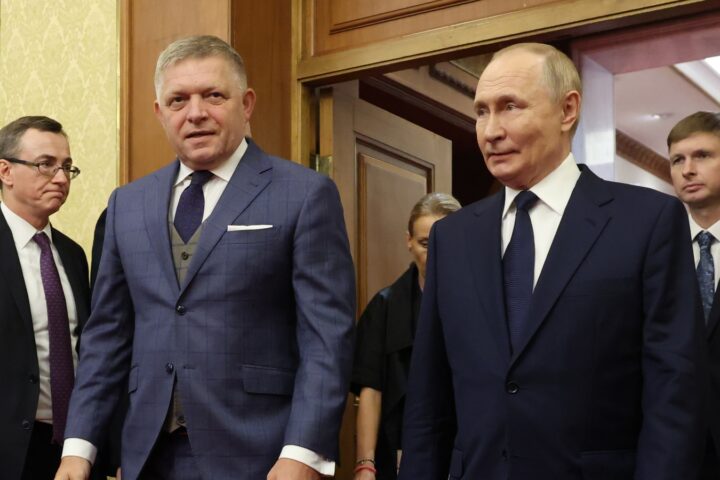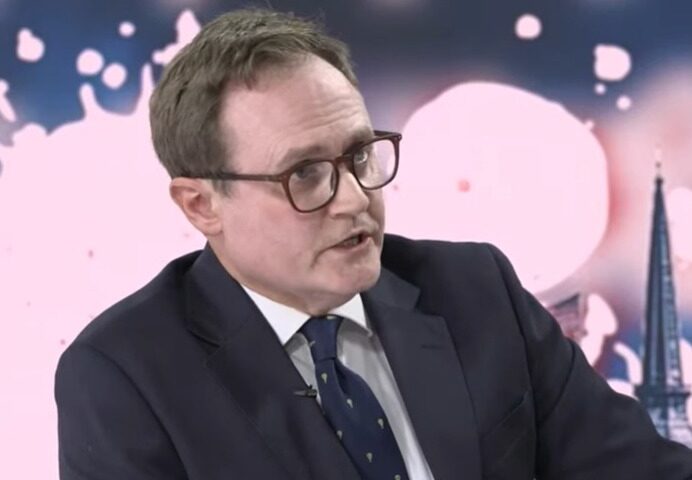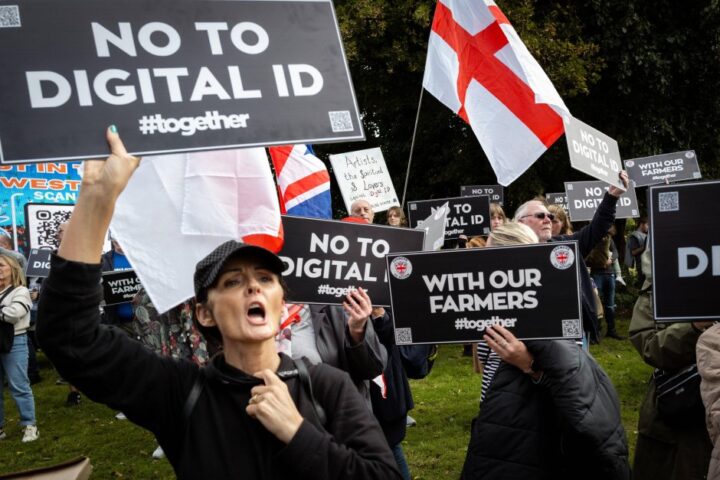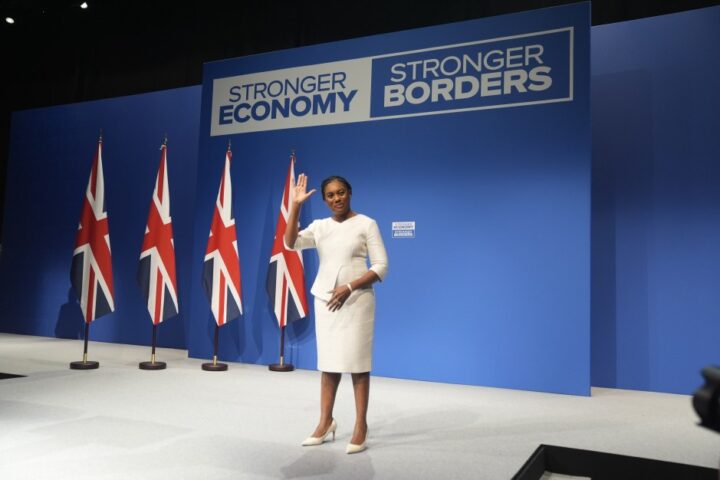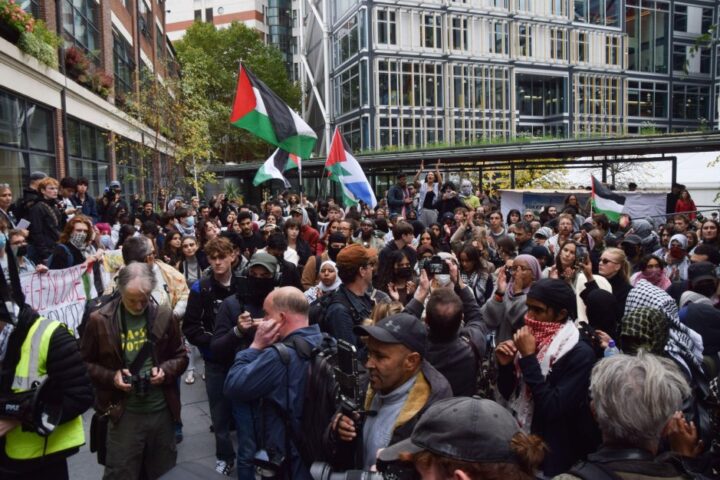The international debate intensified on 15 July 2025 over US President Donald Trump’s 50-day ultimatum to Russia, a powerful message underscoring US and European unity in confronting the Kremlin. According to The New York Times, Washington is considering secondary sanctions targeting Russia and countries maintaining trade relations with Moscow, while European leaders have consolidated efforts to impose stricter penalties on Russia.
A chance for peace amid sustained pressure
Trump’s decision to delay harsher sanctions for 50 days is widely interpreted not as a sign of weakness but as a strategic move to foster dialogue. The West appears to offer Vladimir Putin a final opportunity to halt the ongoing bloodshed in Ukraine. Alongside this, the US plans to supply Patriot missile systems and other armaments, funded by the EU and transferred to Kyiv, marking a long-term investment in European security. This support is designed to bolster Ukraine’s defence capabilities and deter further Russian advances, particularly protecting Poland and the Baltic states.
European leadership and coordinated defence efforts
Backing Ukraine represents a defence of European values, with the continent uniquely positioned to cripple Russia and secure lasting peace even with limited US involvement. The key lies in swift and coordinated action among European states to exhaust Russia’s resources through economic sanctions and military support. European leaders’ commitment, often expressed as “as much as it takes,” now demands a sense of urgency, shifting towards “as quickly as possible” to reinforce Ukraine’s air defences against intensified missile strikes.
Economic leverage and regional security measures
Europe is urged to maximise its economic leverage against Russia by tightening financial constraints and restricting maritime oil exports. Over 60% of Russian oil shipments pass through the Baltic Sea, crossing Danish waters. Denmark is therefore encouraged to enforce sanctions against vessels linked to Russian oil transport, potentially blocking their access through territorial waters. This strategy aims to weaken Russia’s financial resilience and its capacity to sustain prolonged warfare.
Shared war fatigue and prospects for peace
The prolonged conflict has deepened fatigue across Europe and Russia, with populations enduring rising prices, energy crises, and refugee flows. Both sides seem to desire an end to the conflict without further escalation. Continued Russian aggression risks destabilising European economies and undermining regional security. Consequently, Europe is positioned to lead peace initiatives that would allow the EU to focus on green energy, economic growth, and Ukraine’s integration.
Impact of tariff threats on Russian economy
Following Trump’s tariff announcements, oil prices fell below $60 per barrel, a critical threshold underpinning Russia’s budget. This decline has prompted Russian officials to emphasise operating within existing military budgets. The solidarity shown by Western democracies in countering Russia’s military threat strengthens their position on the global stage and signals a unified front against Kremlin aggression.
